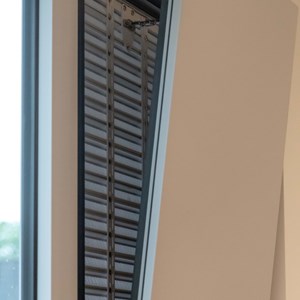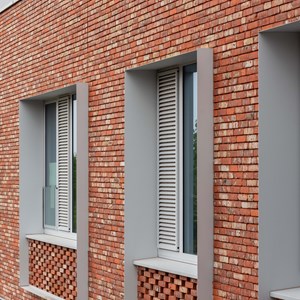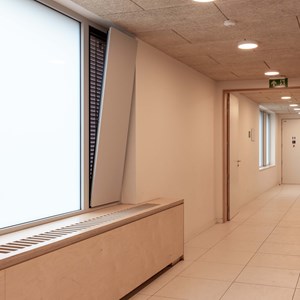5 myths about the importance of ventilative cooling in schools

School desks are filled again, and a healthy learning environment is more important than ever. Good ventilation plays a crucial role in this, but there are still persistent misconceptions about ventilative cooling. In this blog, we debunk five common myths and show why this natural cooling method is essential for an optimal indoor climate in the classroom. After all, a fresh and healthy classroom environment ensures better concentration and increased learning pleasure!
The time has come! Our students are once again diligently paying attention in their classrooms. Or so we hope anyway. Because to be able to concentrate optimally, creating healthy and pleasant learning environments is crucial. And this is where good ventilation plays a very big role. But despite the benefits of ventilative cooling, there are still a few persistent misunderstandings that ensure that not everyone sees its full potential.
IIn this blog, we tackle five common myths about ventilative cooling in schools. We explain why this natural cooling method is crucial to keep the indoor climate in the classroom optimal. Because a healthy classroom promotes concentration and the desire to learn!
Myth 1
Air conditioning is more effective than ventilative cooling for cooling school buildings
Ventilative cooling is a natural process that uses the thermal mass of the building to store coolness. This significantly reduces reliance on energy-consuming air conditioning. Ventilative cooling is therefore at least as effective or even more effective in maintaining comfortable temperatures in school buildings.
Myth 2
Ventilative cooling is only effective in mild climates
Although extreme climates bring challenges, ventilated cooling still proves to be very effective. Night-time cooling techniques, such as the glass-replacing ventilation hatch DucoGrille NightVent or the blade damper DucoGrille Close 105, allow the school building to cool down during the cooler night hours. So it is ready for the heat of the day.
Myth 3
Ventilation cooling causes discomfort due to draughts which disrupts learning performance
Modern ventilated cooling techniques are designed to control airflow, avoid strong draughts and still ensure sufficient ventilation. Products such as DucoGrille Close or DucoGrille NightVent can help manage air movement and provide a gentle and even cooling effect without discomfort.
Myth 4
Ventilative cooling is inefficient and ineffective in large school buildings
Ventilative cooling optimises air flow and uses the building design to improve natural ventilation. Larger buildings with significant thermal mass store even more cool air. This makes this method particularly effective when applied correctly.
Myth 5
Ventilative cooling is expensive and complicated to implement
The belief here is that ventilative cooling requires significant upfront investment and complex installation processes, making it more expensive and cumbersome than other cooling options.
Initial costs for ventilative cooling are necessary. But the energy bill savings and lower maintenance costs in the long run far outweigh these expenses. Moreover, these techniques are designed for easy installation and integration into existing structures, making the process easier than is often assumed.







